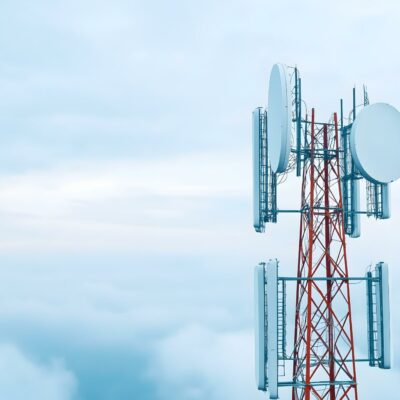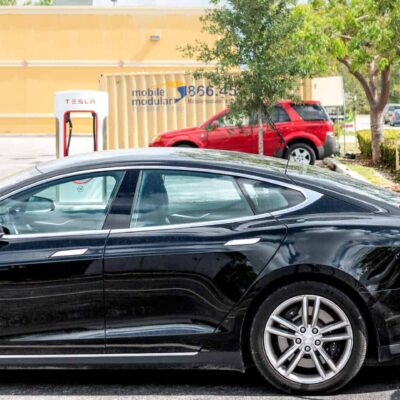The Complaint: Shareholder Derivative Complaint Alleges Executive Misconduct
The plaintiff, a group of institutional shareholders, filed a shareholder derivative complaint alleging failures in executive oversight and internal controls at a large financial institution. The complaint focused on a long-running internal sales program that emphasized aggressive product expansion metrics. According to the plaintiffs, the institution’s officers and directors either knew of or consciously disregarded a widespread pattern in which employees opened unauthorized customer accounts in order to meet internal performance goals.
The alleged misconduct involved the creation of millions of deposit and credit accounts without customer authorization over a multi-year period. The complaint stated that this practice was driven by internal sales targets that required frontline employees to reach unrealistic product-per-customer benchmarks. These benchmarks were widely publicized within the organization and used to determine employee bonuses, branch performance, and executive compensation. According to the filing, internal reports, employee complaints, and regulatory inquiries had all raised concerns about these practices years before the issues became public.
Despite these warnings, leadership allegedly continued to promote the company’s account growth and product attachment rates to investors without disclosing the underlying conduct or its potential financial and reputational risks. The plaintiffs claimed that this misrepresentation artificially inflated the company’s share price, leading to stock buybacks at unsustainable valuations and performance-based compensation awards that were not aligned with actual risk-adjusted results.
The derivative action included claims for breach of fiduciary duty, corporate waste, unjust enrichment, and violations of federal securities laws. The shareholders sought damages and governance reforms to address deficiencies in risk oversight, internal controls, and executive accountability.
The Ask: Federal Banking Regulator with Experience in Enforcement Proceedings
The client, representing the plaintiff, approached WIT to provide a consulting expert with experience in federal banking enforcement. They were looking for someone who had worked at a U.S. banking agency and had led or supported investigations, compliance reviews, and enforcement actions related to misconduct in the financial services sector.
The expert needed to be able to review regulatory records and provide input to the team handling the matter. There was also the potential for the expert to prepare a report, sit for deposition, and testify at trial. The assignment required availability to travel and a commitment of over one hundred hours.
Experience with federal enforcement protocols, administrative proceedings, and agency practices for addressing control failures and compliance breakdowns was considered essential.
How WIT Was Able to Meet the Expert Need
To meet these needs, WIT recommended an expert with more than a decade of experience in federal banking enforcement, including senior roles at multiple U.S. financial regulatory agencies. The expert had served as Special Counsel for Enforcement at a major federal banking regulator, where he led investigations into misconduct at institutions within the national banking system. He later held enforcement roles at additional federal agencies, where he directed or advised on high-profile enforcement matters involving internal control failures, compliance breakdowns, and professional misconduct.
In addition to his enforcement experience, the expert had a background in forensic accounting, white-collar investigations, and regulatory compliance. He has worked as a consultant and investigator in both public and private matters and holds certifications as a fraud examiner and private investigator. The expert also has experience testifying in formal proceedings and has taught extensively in areas such as financial regulation, ethics, and corporate governance.
This combination of federal enforcement leadership, investigative and compliance credentials, and teaching experience made him well-suited to evaluate the conduct at issue and support the matter in both consulting and potential testifying roles.
How WIT Can Assist in Financial and Regulatory Disputes
WIT works with experts who understand how financial institutions operate—and how oversight can fail. Our team includes former regulators and enforcement professionals with experience leading investigations, evaluating internal controls, and addressing compliance breakdowns. These experts bring firsthand knowledge from roles at agencies such as the OCC, FDIC, and SEC and understand how regulatory actions unfold when misconduct occurs.




